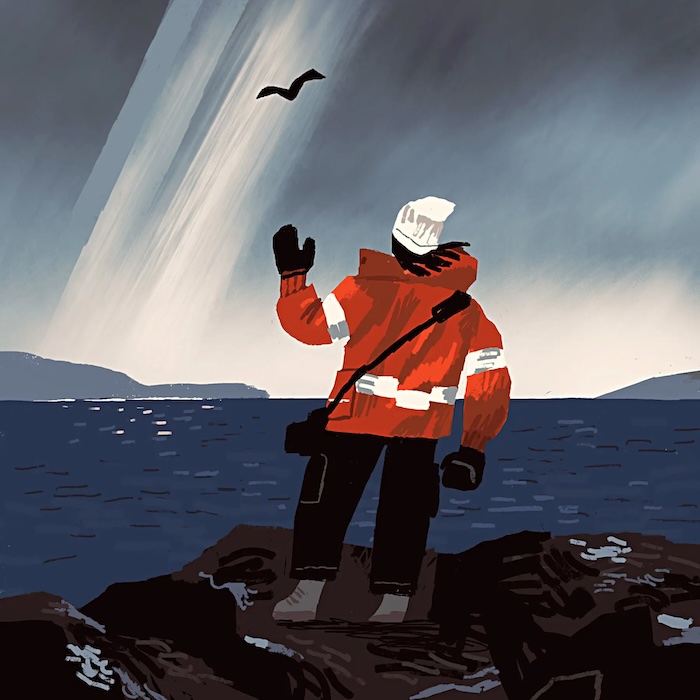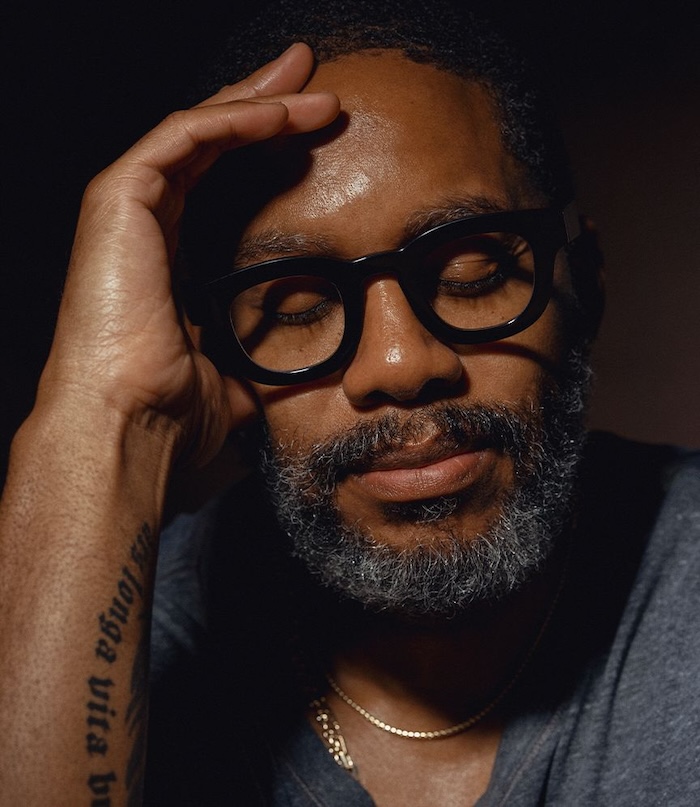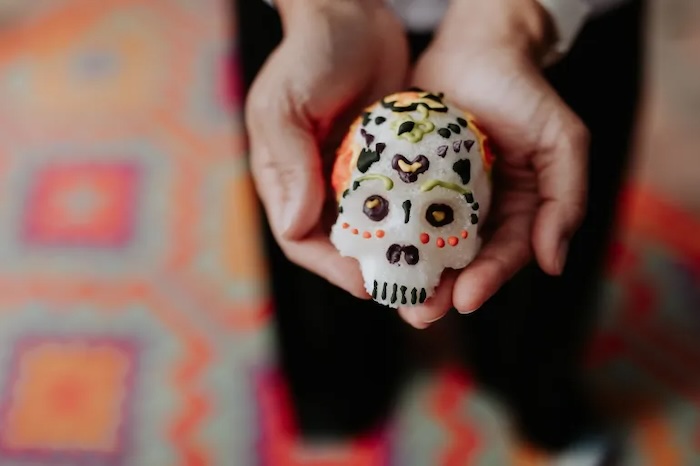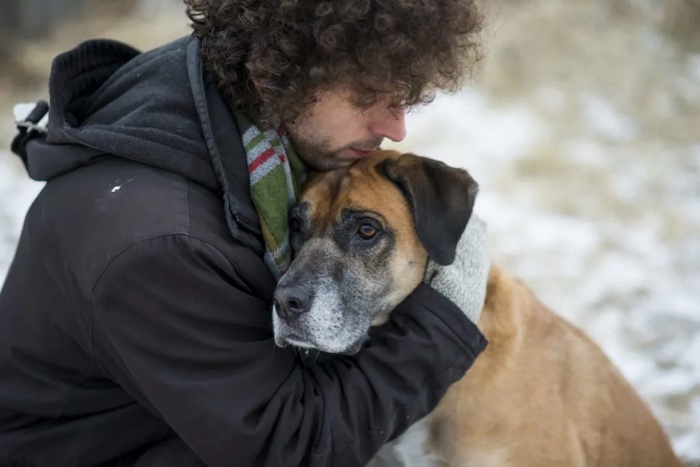
By Liz Jensen
Four years ago, I got the news that every parent dreads.
Without warning, my healthy 25-year-old son, Raphaël — a wildlife biologist and an environmental activist — had collapsed and died, probably from a rare heart disorder nobody knew he had. The trauma catapulted me into a place of almost hallucinatory madness: a territory so tormenting, debilitating and bleak that I couldn’t imagine how I’d survive it, let alone find joy in the life that remained.
Catastrophes are radicalizing and transformative. You no longer see your life in the same way afterward. But must grief diminish you, or can it do the opposite?
The question was vital because my devastation as a newly bereaved mother felt mirrored by the pain and anxiety of millions of people struggling to process the consequences of global heating and the obliteration of precious ecosystems.
Both forms of grief were rooted in love. Both required courage, resilience and compassion. And the emotional arc of both, I came to believe, could create the strength and purpose needed to navigate an increasingly unstable future.
In the field of death and dying, one of the most enduring and influential figures is the Swiss American psychiatrist Elisabeth Kübler-Ross, who in the 1960s came up with the five stages of death: denial, anger, bargaining, depression and acceptance. She’d been studying the emotional arcs of terminally ill patients, but later she and her colleague David Kessler repurposed the stages to apply to the grief of the bereaved, and the five-stage model became deeply embedded in Western culture.
In a 2007 paper, the Nobel Prize-winning climate scientist Steven Running applied those stages to the climate crisis, characterizing denial as the belief that the climate emergency isn’t happening or that humans aren’t the root cause. The anger stage kicks in when you realize your worldview or lifestyle will have to change substantially. Then you bargain by downplaying the scale of the crisis or by putting all your faith in technological fixes. The depression stage manifests when you feel overwhelmed by the extent of the crisis and realize that governments and corporations are not only spinning their wheels but also often actively exacerbating the damage. Acceptance entails recognizing that the scale of the challenge is irrefutable and then looking for solutions, because “doing nothing given our present knowledge is unconscionable,” Mr. Running wrote.
After tragedy struck Mr. Kessler, he altered his own analysis of bereavement. As an author and public speaker who had spent his career supporting the bereaved, he felt he knew grief well. But the unexpected death of his 21-year-old son changed everything. Suddenly, like countless other bereaved parents, he faced the existential question raised in the adage that the two most important days in your life are the day you are born and the day you find out why. And he came to believe that acceptance isn’t the end of the grieving process; it’s only the beginning of a new, sixth stage of grief, defined not by finding closure but by finding meaning.
This stage made a lot more sense to me than any of the others did. There was no meaning in Raphaël’s death. But I could find purpose, meaning and fulfillment in what I did and made happen in its wake.
The year before Raphaël died, I co-founded the literary activist group Writers Rebel to put literature in the service of life on Earth. But after we lost him, I stepped back: I couldn’t face the video calls. Then, in those early months of grieving, I began to meet other bereaved parents, take daily swims in the freezing Danish winter sea, reconnect with the natural world and read books about consciousness that led me to abandon my rational, secular view of it. And one day, I remembered what Raphaël said when I belittled my ability to effect change: “Do what you can, where you are, with what you’ve got.”
What, I began to wonder, could be more meaningful than honoring my son’s memory and the world I love by being active rather than crying on the couch?
Seven months after Raphaël’s death, I stood in the freezing Copenhagen wind with a group of writers and made a speech about why literature must address the climate crisis with the urgency it deserves. I was raw and nervous, but I sensed his presence. When I quoted him — “I won’t stand aside and watch the world burn” — a huge cheer went up, and I felt an inner shift.
Yes, my son was dead. And yes, the planet’s life support systems were weakening. But it wasn’t too late for the planet.
I rejoined my weekly Zooms and helped organize a tribute to Earth’s most critically endangered species. Later, the notes I’d been writing to myself as therapy began morphing into a memoir. And yes, it all felt meaningful.
Mine was just one of many paths from grief to fulfillment. For those feeling paralyzed by climate grief, just doing something new or doing something familiar more mindfully can germinate what the eco-philosopher Joanna Macy calls active hope: not the amorphous hope of wishing on a star but the practical hope of rolling up your sleeves and getting to it. Intentions are fine, but the meaning lies in the doing — be it cheering up a friend, energizing voters, transforming a patch of urban scrub into a garden, joining a citizens’ movement, switching to a plant-based diet, ditching a bad habit or taking time to observe a creature in the wild.
Just a few months before the electrical signals in Raphaël’s heart were catastrophically disrupted, I found a passage in his notebook that showed he had a premonition that he would die young but that his sense of purpose would stay vividly alive.
“I’ll not be dead until my dream is, I’ll not fade away until my vision does, I’ll not be gone until all my hopes are,” he wrote.
It took his death for me to understand why I was born. It can’t take a civilizational collapse for humanity to understand why we belong here.
Complete Article ↪HERE↩!
















